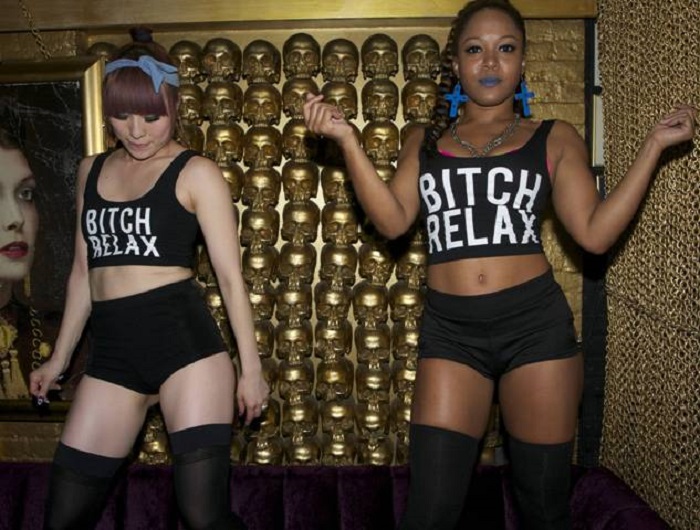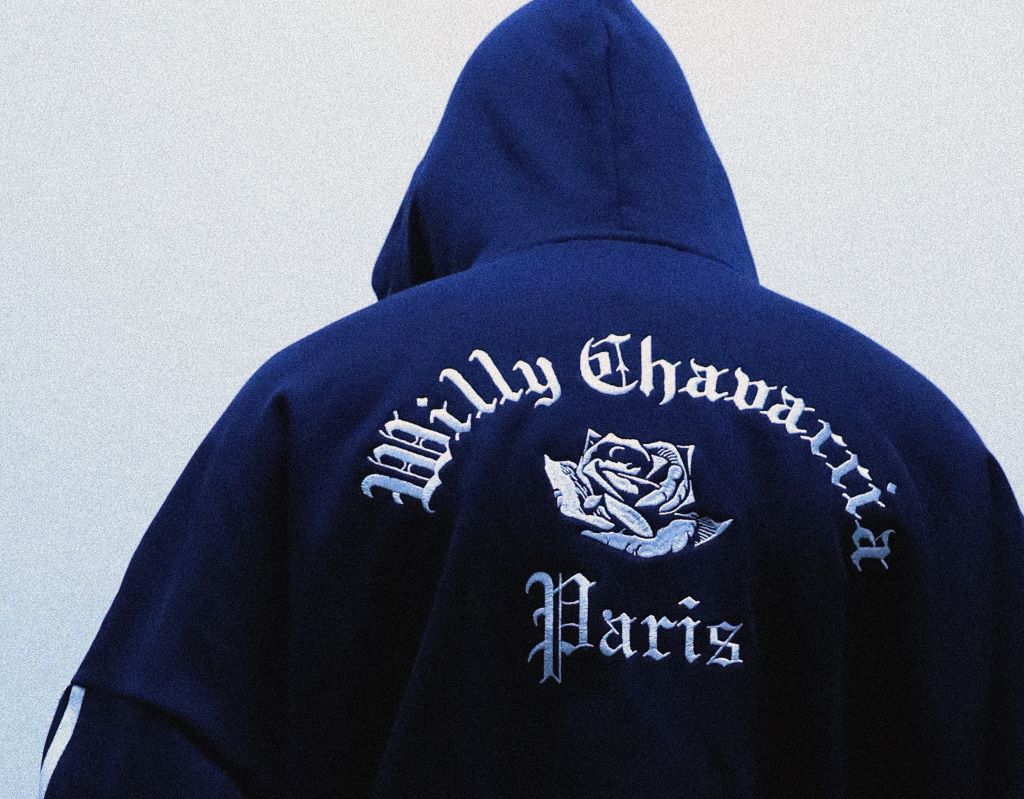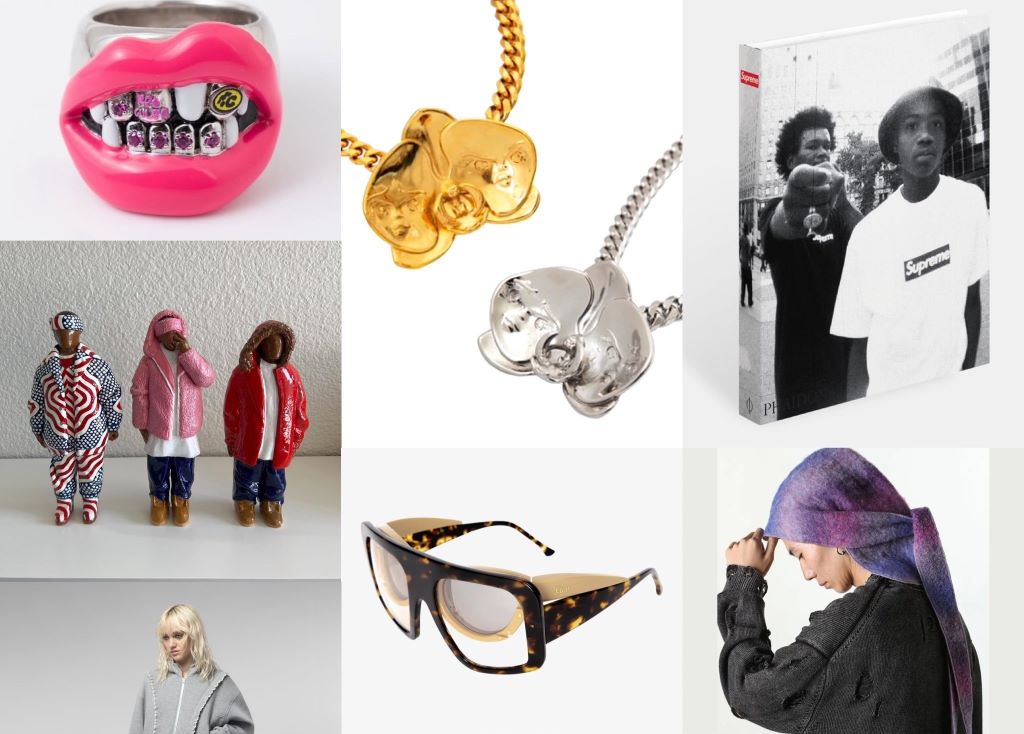This week WWD delved into the topic of whether there’s room for growth in streetwear through the women’s category. The article included interviews with Married to the Mob Leah McSweeney as well as Kith Women creative director Emily Oberg, Bobby Kim of The Hundreds, Karmaloop founder, Greg Selko, all solid authorities on the topic at hand.
The article approached the question from all angles, delving into the lack of streetwear-themed retail formats that feel welcoming to women, the movement to high-end streetwear, competition from fast fashion and women’s reluctance to wait in lines with a bunch of bros (which we wrote about here).
It’s a very well researched and thorough article, kudos to the author Aria Hughes, but I want to add couple of additional angles that have created ongoing challenges around the streetwear category for women.
Every brand in order to succeed for the short term needs three things: compelling merchandise, control over distribution whereby supply and demand are balanced and a marketing plan that connects with the customer.
Keeping that formula in mind, here are four additional reasons why even when a woman’s streetwear is executing perfectly, they remain handicapped.
1. The Streetwear Media Environment Isn’t Female Friendly
In the early to mid-aughts, early streetwear brands had fresh product ideas and in addition to their own social media platforms, they also had the enthusiastic support of the three big streetwear sites, Complex, Highsnobiety and Hypebeast.
From their inception, all three sites have unabashedly targeted young males, the 15-25-year old guy, whose profile is not unlike a typical shopper at Foot Locker. While coverage has evolved and improved, women entering those sites were often confronted by content meant to appeal to young males.
Especially in the formative days of streetwear coverage, women who visited these sites were often confronted by what felt like a hostile environment. The perfect case study is streetwear leader Supreme, a label that’s built its name in part on its embrace of racy and borderline pornographic content. One of its most famous items was a nude model calendar shot in 2003 by Terry Richardson, who said his goal was “to put together a calendar you could jerk off too.”
To this day, Ian Connor who’s been accused of rape by multiple women at least five of whom have gone on the record with their names, is still celebrated for his street style.
Comment sections were (and still are!) especially egregious and often filled with hateful and bigoted commentary related to the person or label being covered. It used to crush me to see the disgusting things that would be said about McSweeney (who in those days was in her early 20s) any time her brand, Married to the Mob, was written about.
As the founder of Highsnobette, a blog that existed as a separate sub-blog under the Highsnobiety banner until it was folded in 2013 (which is when we founded Snobette), I can provide first-hand witness that women’s streetwear brands received coverage, but never with the same enthusiasm as men’s.
Meanwhile, with the exception of Nylon, which has always touched on streetwear as one facet of a bigger women’s fashion story, up until about two years ago, none of the major women’s magazines were covering the women’s streetwear space in any way, shape or form, leaving brands like Mob, HLZBLZ and Dimepiece with no go-to media support system other than the ones they could create with their own budgets and teams.
And yes, while there have always been women’s streetwear sites (hiiiii), none of them have nearly the same traffic and income as the aforementioned sites. Hypebeast last year launched women’s site Hypebae and it’s been able to put a big push behind it in part because it has funding from becoming a public company in 2014. At the same time, Hypebae is part of a male-owned company, putting it in an odd place given the history of the parent site’s content.
2. Sneaker Company Money Is Still Mostly Invested in Men
One of the cornerstones of streetwear culture always has been athletic footwear companies, who create their own highly-coveted product, but also generate excitement through collaborations with individuals and streetwear brands. They also play a critical financial role by advertising on streetwear blogs and partnering with them on paid-for marketing efforts.
Pay close attention though and most sneaker brands’ collaboration have been and still are with men and male-oriented brands. If you see a permanent sneaker banner on a site, it’s a good bet that site has a male audience.
From the perspective of income streams it makes sense that athletic brands want to grow their business with women. Still, expanding a customer base is not easy and men continue to dominate their sales and thus their efforts. This is an issue exacerbated by companies whose executive and design leadership are mostly men.
In the case of the largest brand globally, Nike’s women’s sales in 2017 account to just 28 percent of its overall business, according to Forbes. And while Nike’s effort to expand women’s has been noteworthy, growing from 18% of Nike’s total in 2014, the majority of product as well as marketing budgets are still geared toward men. It’s the same for Adidas.
A good example is the WNBA, a women’s basketball league in which not a single player has a signature shoe. One of streetwear’s most celebrated collaborations thus far this year has been Nike’s efforts with Virgil Abloh. Dubbed “The Ten,” not only one of the ten shoes included in offerings are sized for women.
Another collaboration Nike no doubt would like to forget is its partnership with A$AP Ferg’s VLONE label that was dropped after video tape emerged showing Ferg assaulting a woman on camera. To Nike’s credit, it didn’t take it long to drop Ferg from its roster.
Interestingly, Puma’s partnership with Rihanna has created a major breakthrough for the brand with women. In part its because Rihanna similar to Kanye West is a legit influencer and could drive sneakers sales for any brand, but it’s also because Puma truly partnered with her and let her have design input, leading to a unique series of creepers, furry slides and lace up sandals that have been a part of Puma’s financial turn around story.
3. The Law of Supply and Demand Remains Undefeated
The struggle for women’s streetwear to find a foothold can’t entirely be placed on lack of support from media and athletic footwear brands. Looking at the vast majority of streetwear brands founded before 2010, most of them have been taken down a peg or two in status and replaced by labels with a fresher appeal like Palace Skateboard, Fear of God and Kith.
Part of that is related to the life cycle of all brands. A lot of times customers get bored or outgrow the brand and move on. Well-funded brands like Nike, Adidas and Louis Vuitton can make it through tough times and cyclical headwinds, but smaller brands are often swept to the side.
And while part of the changing of the guard is cyclical, a lot of first generation streetwear brands, including women’s labels, made the grave mistake a few years ago of opening up mall chains like Zumiez and PacSun. Yes, the choice fueled growth but it took shine away from the brands and became especially problematic when mall traffic began to decline and retailers turned to promotions to move product.
It’s noteworthy that most streetwear brands vowed to never sell to Macy’s because they saw how it tore down and destroyed brands like Sean John, Phat Farm and Rocawear with promotions in the early oughts. Streetwear brands believed selling to skate chains was different, but it turned out to be a variation on a theme. (And this is why you see brands like Kith and Palace Skateboards choosing a Supreme distribution model whereby distribution is extremely controlled and very limited.)
4. Streetwear Has Been Co-opted by the Masses
As the streetwear trend has become embraced globally, it’s moved away from a U.S. city-centered, mid-tier pricing strategy to one that’s global, higher priced and possibly not streetwear anymore. European luxury labels Off White, Vetements and Gosha Rubchinskiy may be street-inspired but they’re not really streetwear any more than Gucci is.
Meanwhile, as the category has gone big at the top, it’s grown smaller at the bottom thanks to a proliferation of Insgaram-rooted brands that sell direct to a niche customer base built on following.
For the longest time, street-inspired styled existed on the fringes of fashion and was often disparaged as lacking class. Runway designers like Marc Jacobs and Karl Lagerfeld would pick off inspiration from street style and make it runway friendly, but it would never be acknowledged as such.
Now street style is widely embraced globally and despite Donadl Trump, the subversive statements and politics pushed by streetwear brands are widely embraced by youth culture and have been co-opted by corporations as well. With all the headwinds facing women’s streetwear expansion, the biggest one might be that the space simply (and sadly) doesn’t exist anymore.











